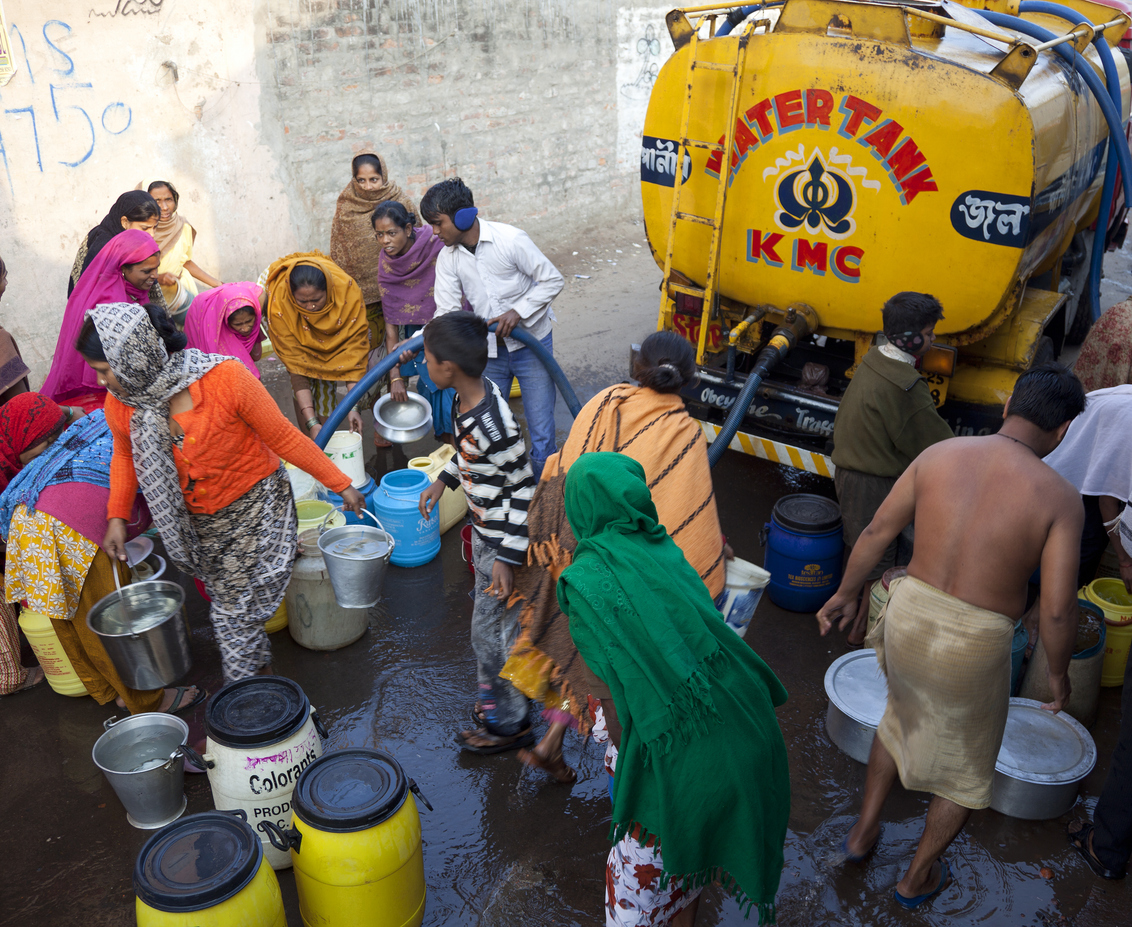Thirty two years have passed since the United Nations attributed March 22nd as the day of celebration of water; a World Water Day. As a means of increasing awareness amongst populations and governmental bodies, it has fostered environments where water management projects and access to clean water are not only seen as tasks, but as priorities. India is one of many countries struggling with inadequate water resources due to rapid urbanization, geographic disparities, water pollution and most prominently, climate change. The World Health Organization has previously stated that India’s water availability is estimated to decline dramatically to 1293 cubic meters in 2025, compared starkly to the available 5177 cubic meters 1951.
It is no secret that Earth’s population is increasing at a rapid speed. With this increase, extreme water stress has forced millions of Indians to grapple with unsafe or simply nonexistent water sources. Ranging from arid regions such as Rajasthsan or Punjab to flood-prone areas like the Ganga River basin in Northern India, access to reliable water remains a distant dream for most communities. In New Delhi, water treatment plants have been found to contain trihalomethane and pesticides along with “high levels of fluoride, nitrate, and iron contamination.” These polluted bodies of water result in improper hand hygiene, constantly exposing residents to chronic and deadly diseases. As a consequence, parasitic worms, cholera and diarrhea shorten Indian families’ life expectancies, being compelled to live with extremely substandard water conditions. Not only does water directly affect people’s bodies, it also has great impacts on the social dynamics of families. Sick children results in lower attendance at schools and higher expenditure on health costs. Ms. Chunchun Devi, a resident of Bhairopatti village, emphasizes the basic necessity of proximity and access to running water for economic and social productivity. “My family used to get ill frequently, but now that we have safe water at home, we fall ill less often. It saves me a lot of time.”
Proponents of water privatization argue that involving the private sector can bring much-needed expertise, capital, and efficiency to water management projects. Shannyn Snyder, an expert on public health working alongside the India Water Project, states contrarily that although “rapid growth in India’s urban areas has stretched government solutions, [they] have been compromised by over-privatization.” The market for bottled water, for example, has increased exponentially due to the lack of reliability and quality of water in Indian cities. Companies have taken advantage of this deprivation to set higher prices and make larger profits. The India Water Portal states that “the rapid thrust in water privatization in developing countries was due to the increased involvement of the World Bank and International Monetary Fund (IMF) in pushing structural reforms with governments to facilitate private sector growth.” Two main European and American firms control about 75% of the water industry, giving them the ability to apply pressure on the Indian government to privatize water. Water privatization has faced much opposition outside of India, especially in European countries. In England, there was a 450 percent increase in water rates in 1996 while “company profits soared by 692 percent.” Meanwhile, French data demonstrates that after privatization, water fees rose by “150 percent while the water quality declined.” In India, companies indulging in “price fixing”, an agreement among competitors to collectively raise prices, is shifting the brunt of privatization onto the poor. The disparity between those who can afford the safe but expensive water and those who cannot is therefore exacerbated. In Chhattisgarh, “privatization was not limited to the water service but extended to the river itself” as locals were banned from accessing the 23 kms long Sheonath river. As a consequence, marginalized communities were left with contaminated water, impacting their health and livelihoods.
A project by the name of the Jal Jeevan Mission, launched in 2019, aims to provide safe and adequate access to clean water. Since March 2021, it has provided more than 38 million Indian households with tap water connections, averting 136,000 child deaths. Even with this stride in the right direction, efforts to improve water quality must go hand in hand with initiatives to promote hygiene education, sanitation facilities, and sustainable water management practices. Addressing India’s water crisis requires urgent action at the government, aid agency and local levels. The United Nations’ SDG goal #6 ‘Clean Water and Sanitation’ aims to “achieve universal and equitable access to safe and affordable drinking water for all” by 2030. However, India is still a long way away from reaching this objective.
Edited by Rafaela Paquet

I am currently in my second year at McGill University, pursuing a B.A. Honours in International Development Studies with a minor in Geography. As a staff writer for Catalyst, I am particularly interested in migration and refugee flows, with a focus on global health and governance.

